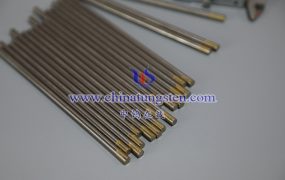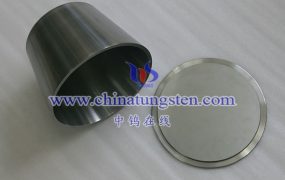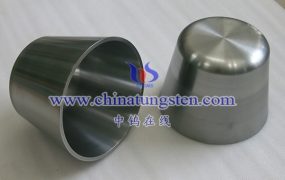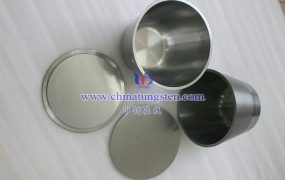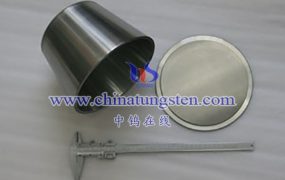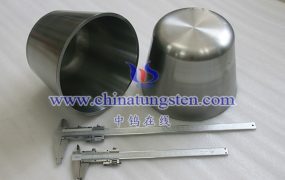At high temperatures, molybdenum electrodes may undergo some deformation. Molybdenum has good high-temperature properties, but at extremely high temperatures, especially near or above its melting point, some softening and deformation of molybdenum electrodes may occur. This is mainly due to molybdenum’s large coefficient of thermal expansion and its susceptibility to stress and thermal cycling at high temperatures.
In order to reduce the risk of deformation of molybdenum electrodes at high temperatures, the following measures can be taken:
Reasonable design and manufacture: For specific glass melting processes and equipment, the shape, structure and size of molybdenum electrodes should be reasonably designed and manufactured to minimize the generation and concentration of thermal stress.
Material selection: Select high-purity and high-strength molybdenum materials to improve the deformation resistance of molybdenum electrodes at high temperatures.
Cooling system: During the glass melting process, the molybdenum electrode can be cooled by a cooling system to reduce its surface temperature and heat transfer to the surrounding environment, thereby reducing the risk of deformation.
Control the temperature gradient: Reasonably control the temperature gradient during the glass melting process to prevent the molybdenum electrode from being subjected to severe temperature changes in a short period of time, thereby reducing the possibility of deformation.
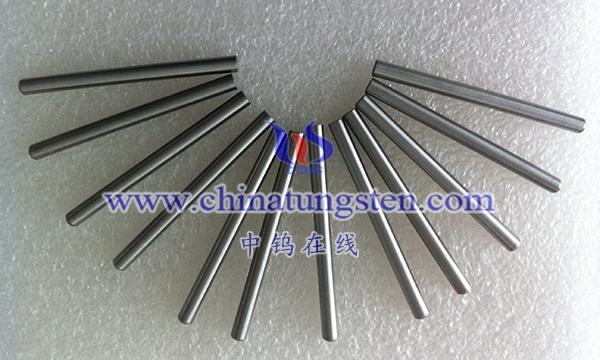
More details of molybdenum or molybdenum alloy products, please visit website: http://molybdenum-alloy.com/index.html
Please contact CHINATUNGSTEN for inquiry and order of molybdenum alloy products:
Email: sales@chinatungsten.com
Tel.: +86 592 5129595
